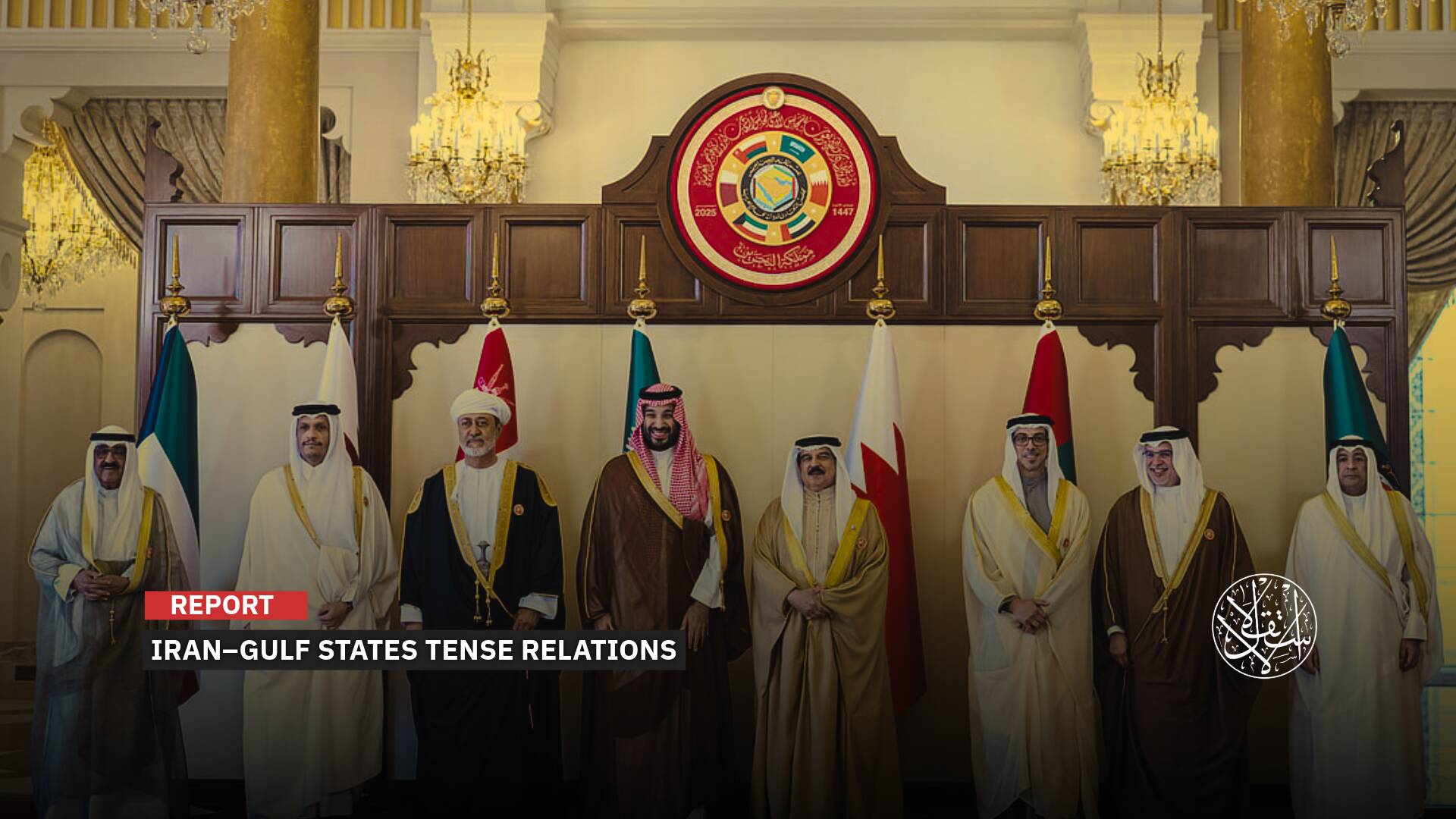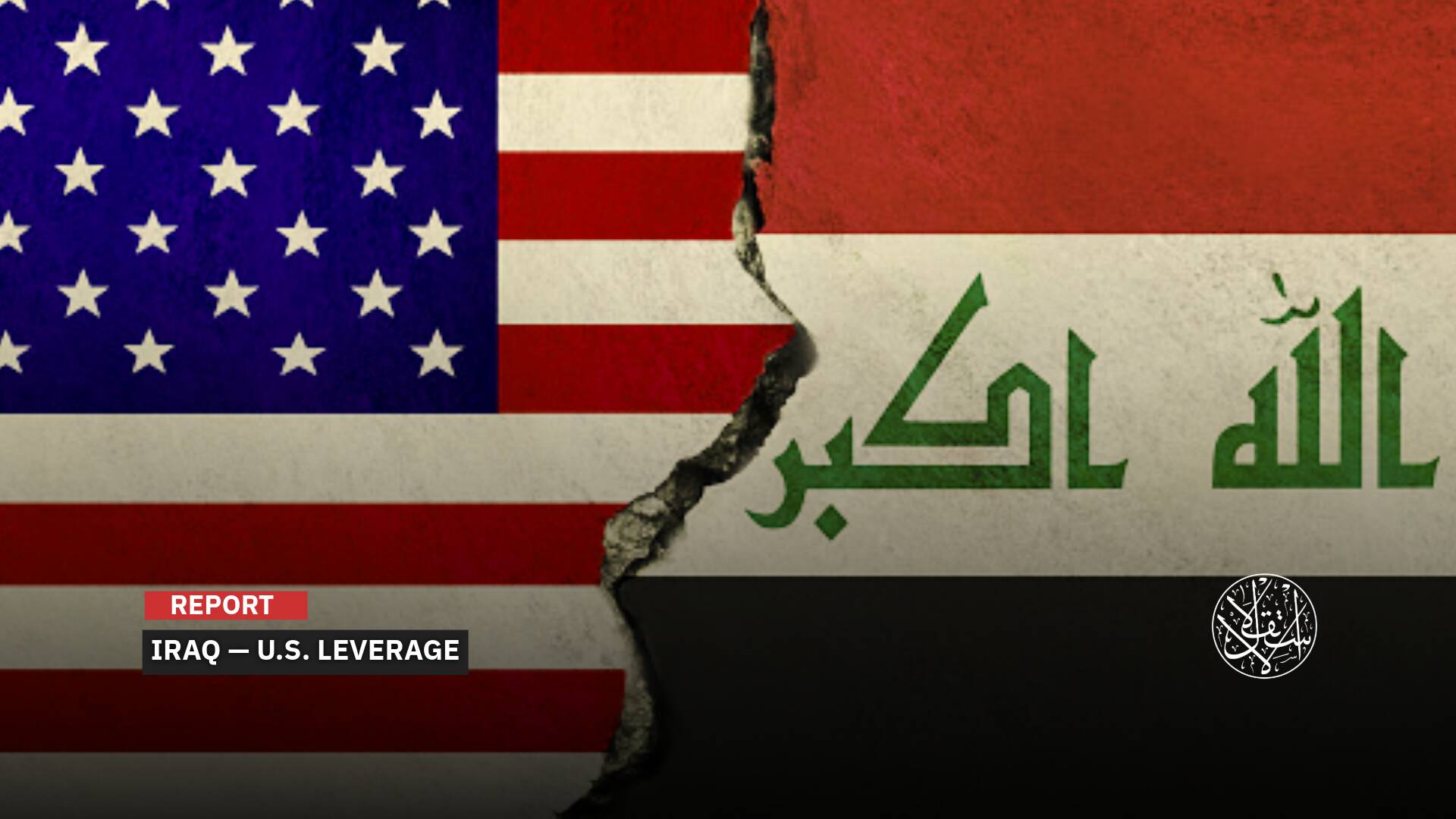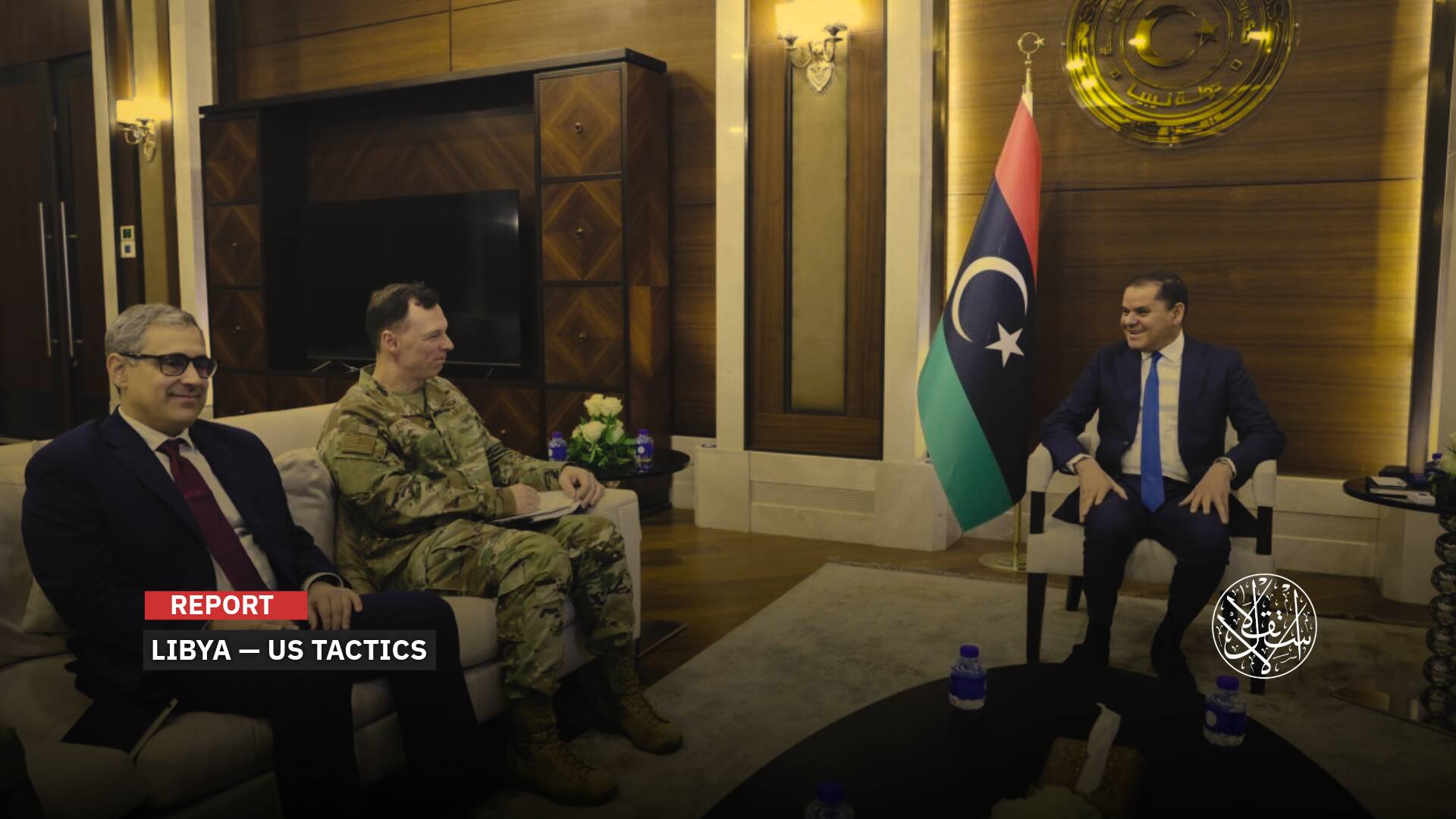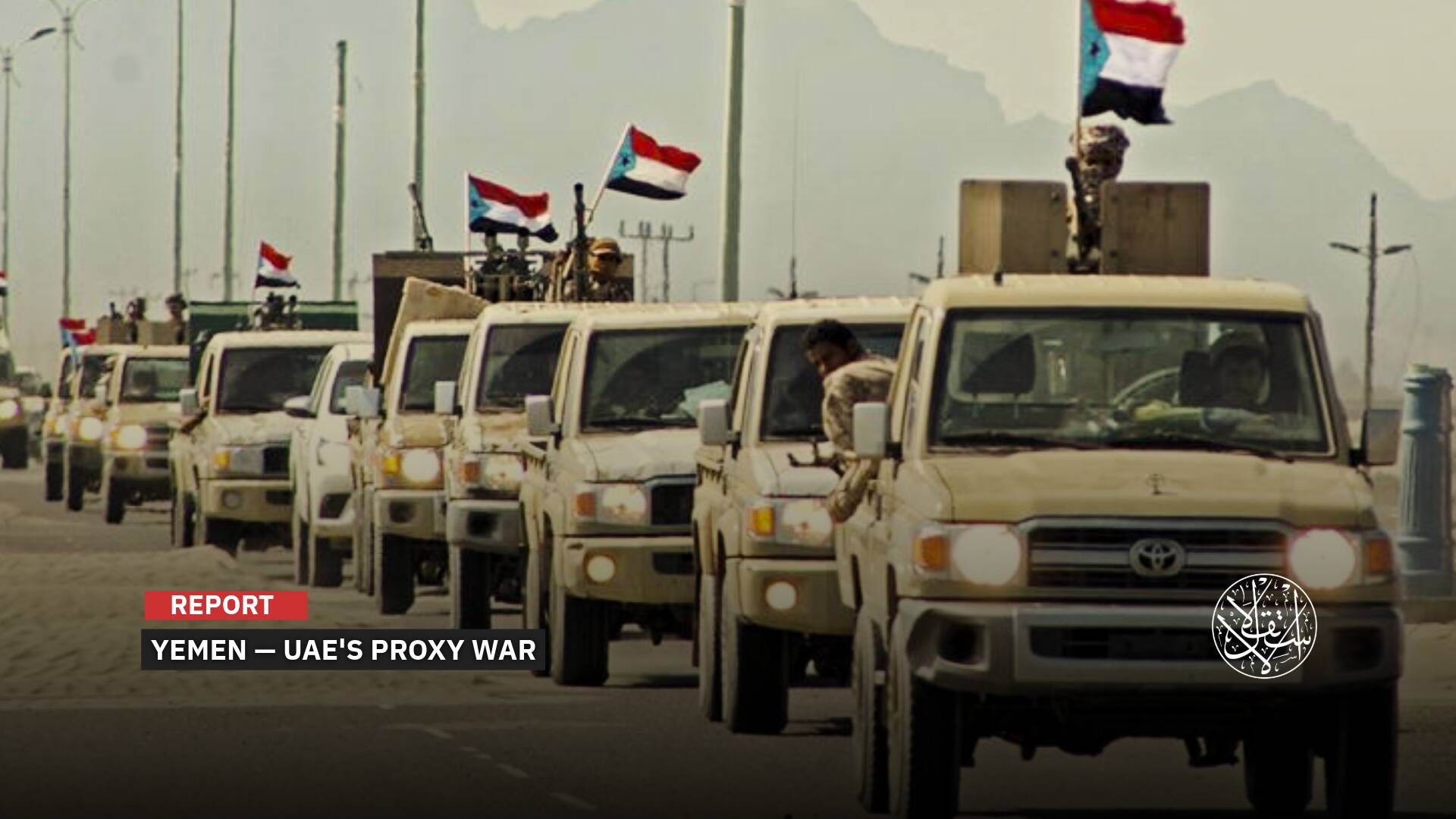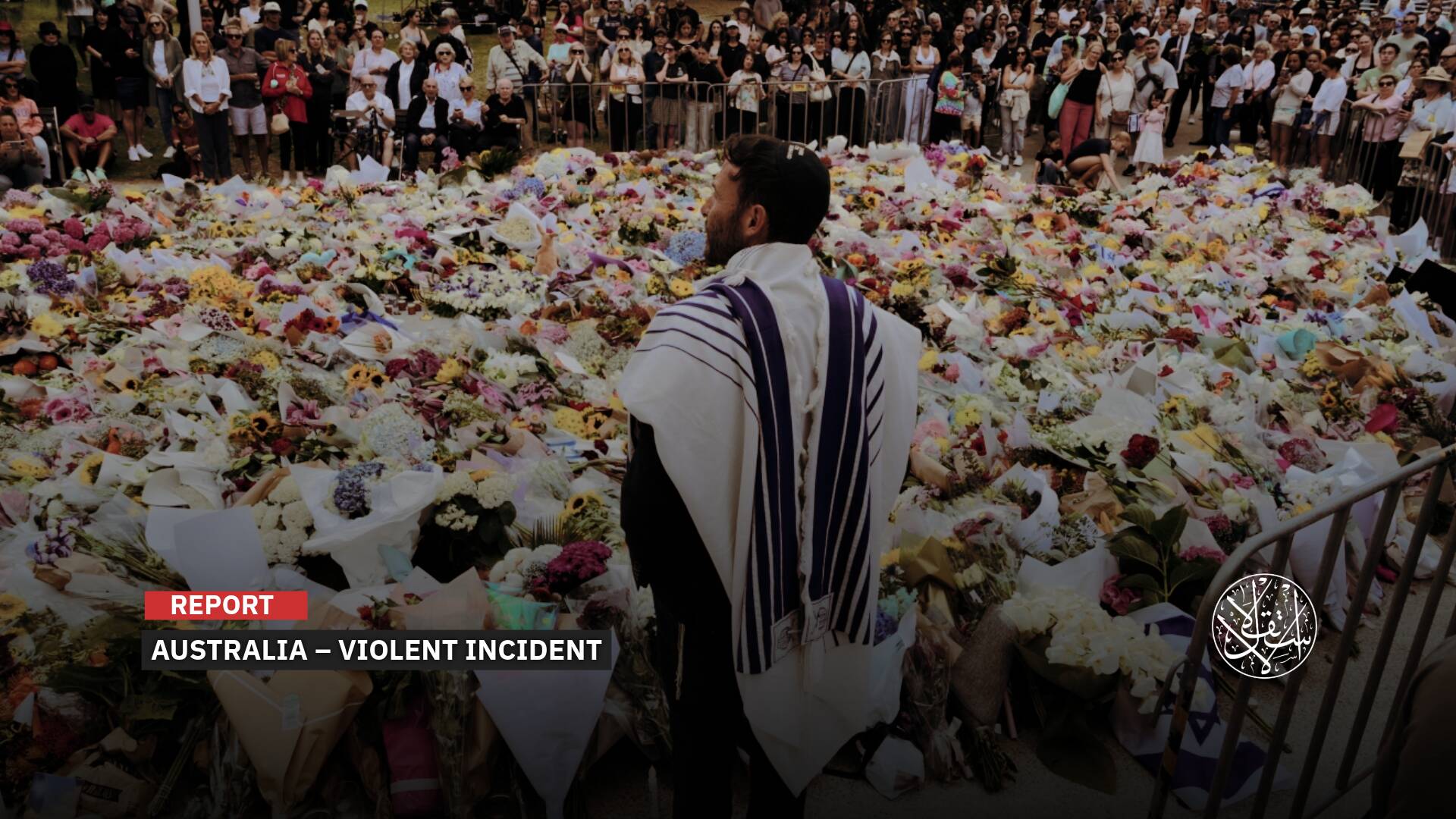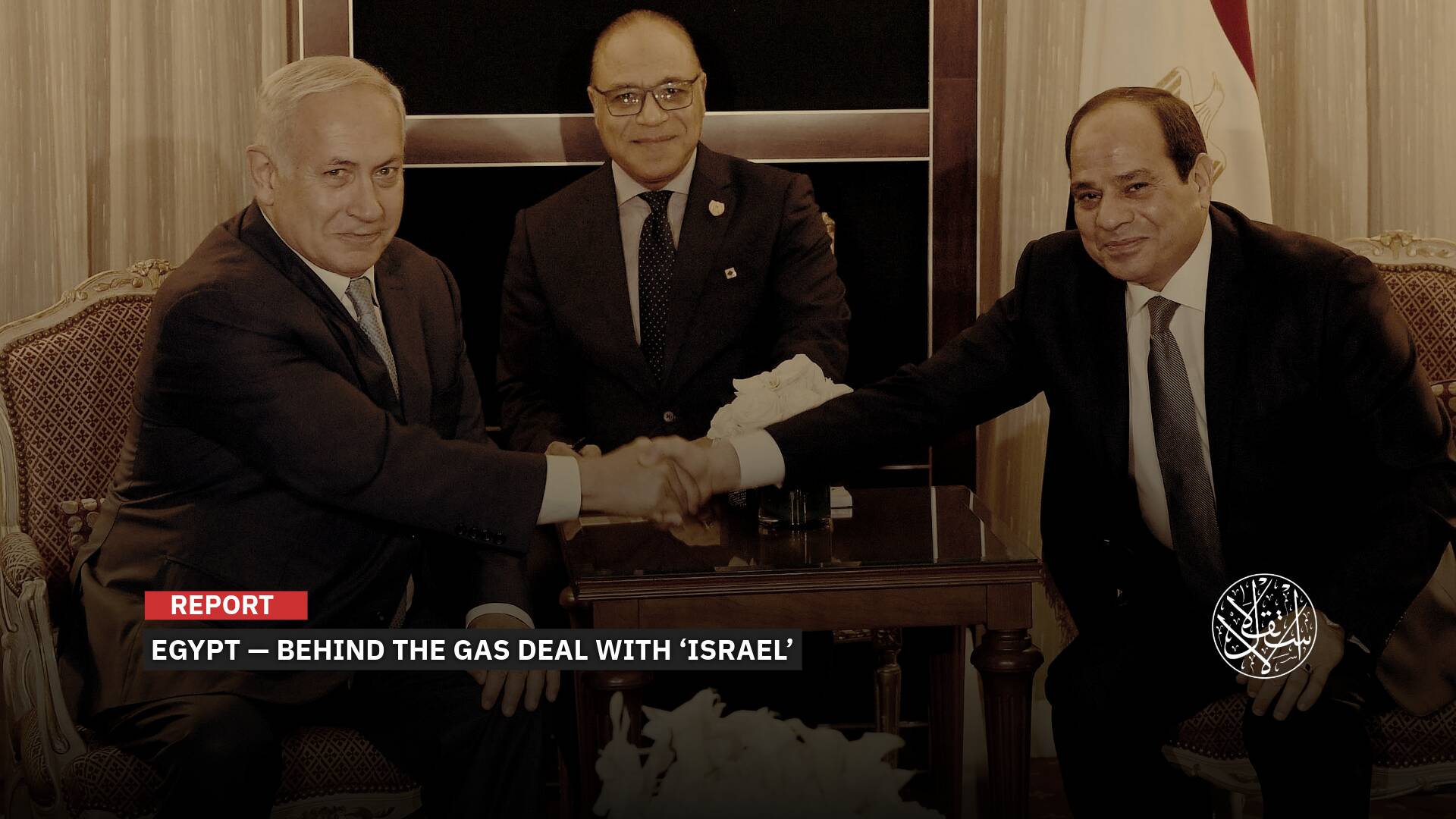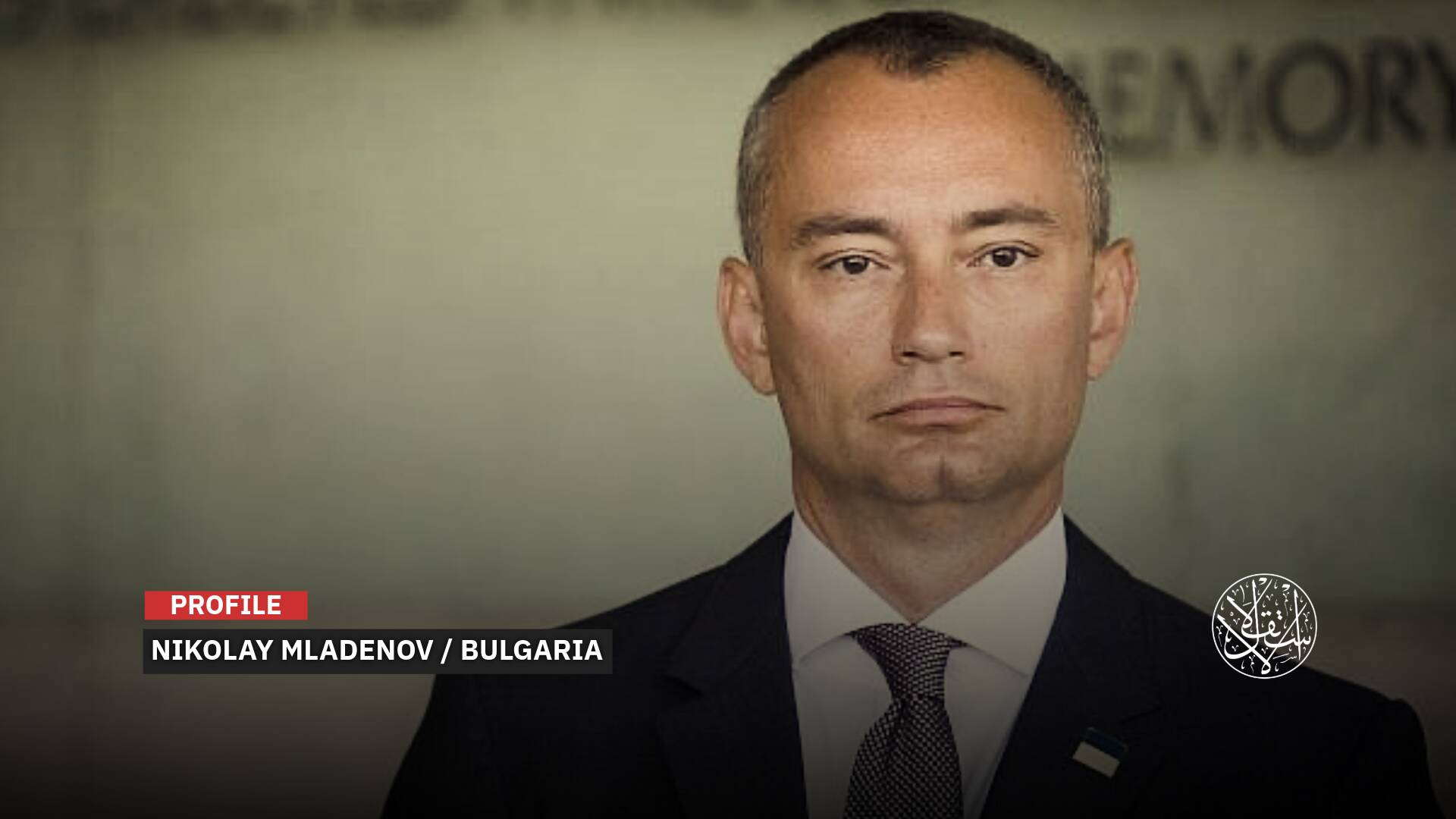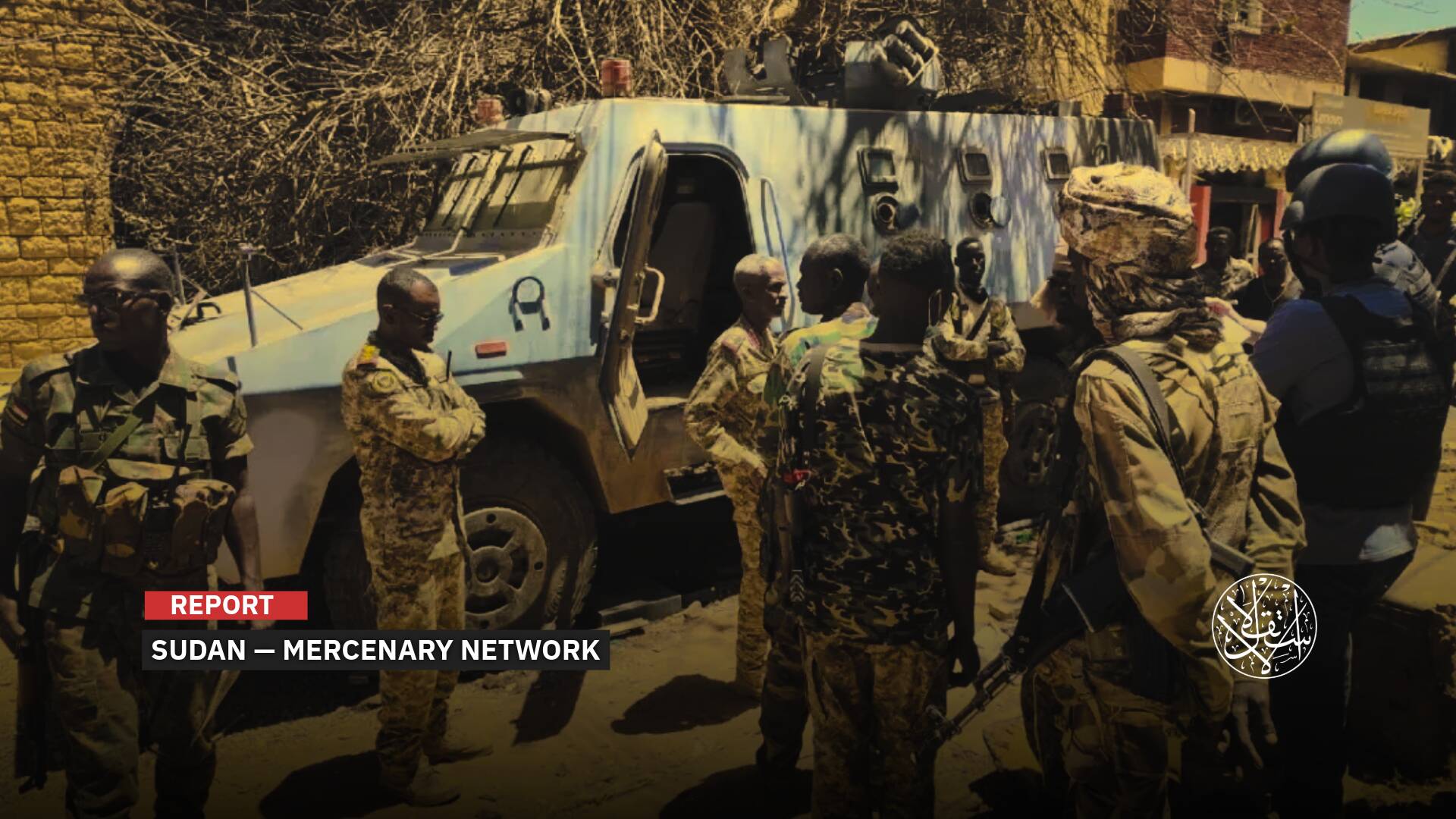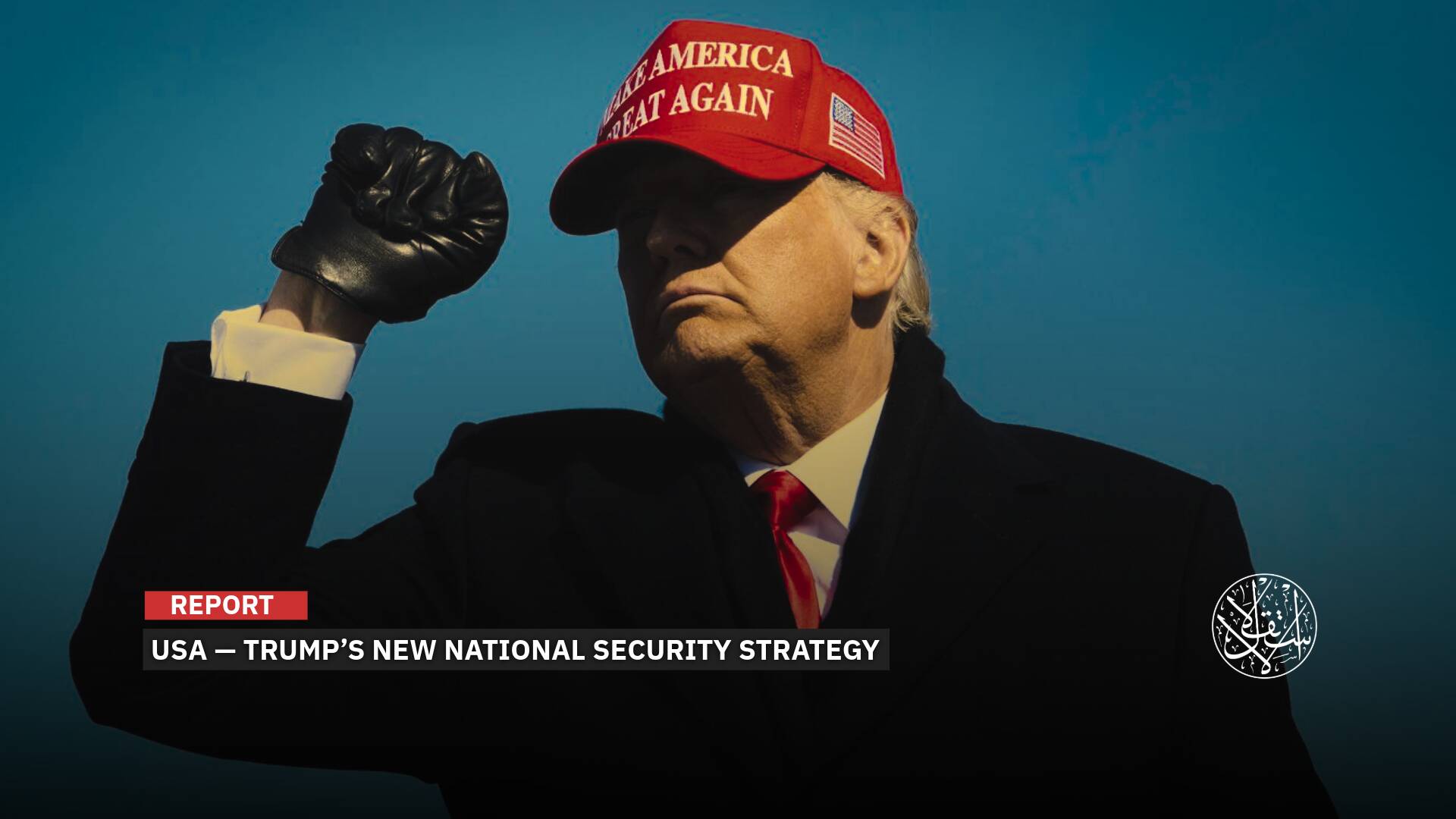'Goat Life': A 170-Minute Film Undermining Years of Saudi Image-Washing Efforts

What The Goat Life did was bring down the roof on everyone's heads.
The Goat Life, an Indian film, has sparked outrage within the Saudi regime, creating a significant uproar across social, media, and public platforms. The film's impact reverberated for days, drawing widespread attention and discussion.
The film, which premiered on Netflix on March 24, 2024, runs for three hours and is based on a true story. Adapted from the novel Goat Days, it chronicles the harrowing experience of an Indian citizen, Najeeb Muhammad, who was kidnapped in Saudi Arabia during the 1990s and managed to escape after three years.
The film stars Indian actor Prithviraj Sukumaran and Omani actor Talib al-Balushi, who faced a wave of Saudi outrage and was reportedly banned from entering the Kingdom, according to Saudi opposition journalist Turki al-Shalhoub.
Al-Balushi later denied social media ban rumors that suggested his ban from entering Saudi Arabia.
Critics have described the film as a “remarkable survival drama,” as it exposes the hellish conditions faced by migrant workers in Saudi Arabia under the infamous sponsorship system—a system where a Saudi sponsor (Kafeel) controls the lives, movement, residence, and wages of incoming workers (Kafala).
However, The Goat Life left a different impression about the power of visual and dramatic storytelling in championing a cause. Dozens of international human rights reports have criticized the sponsorship system, but none had the same impact as this major cinematic production.

Film Story
The film took nearly five years to shoot, spanning locations in India, Jordan, and Algeria. It was directed by the renowned Indian filmmaker, Susil Thomas, known by his alias “Blessy.”
It premiered first in India and then on the global platform Netflix in July 2024, quickly becoming one of the most-watched films on the platform within days.
When the Arabic subtitles were released in mid-August 2024, reactions across the Arab world and the Middle East erupted.
The story begins as Najeeb arrives in Saudi Arabia, where he cannot understand the language spoken by the airport staff and cannot find his sponsor, who was supposed to meet him.
He, then, becomes a victim of scams, even kidnapping, by locals, until a harsh, and violent Saudi "fake sponsor" appears.
This fake sponsor takes him on a journey in a dilapidated car through the barren desert, cursing him whenever he speaks, scolding him whenever he asks questions, and beating him whenever he objects, ultimately delivering him to an unknown, hellish desert.
Najeeb spent three years under the control of this Saudi sponsor, during which he transformed into a different person, losing weight, growing a long beard, and his skin color changing.
He endured the most brutal forms of abuse, with no access to food or water without the sponsor's permission. He only saw the goats and began living like them, eating what they ate, until he lost the ability to speak, except for the occasional goat-like sounds.
In one heart-wrenching scene, Najeeb, with tears streaming down his face, begs, telling how he sold everything and left his family behind, chasing a promised job. However, his words in Malayalam fell on deaf ears.
The final scene before Najeeb's return to India revealed a shocking twist at the passport office and deportation center—the Saudi man who had taken Najeeb from the airport was not his real sponsor, exposing the cruelty of a system that has claimed the lives of thousands over many years.

Artistic Vision
The Goat Life belongs to the genre known as Reality film. In 2008, Indian director Blessy received the novel Goat Days, which had gained significant popularity at the time. This was largely due to the fact that approximately 2.1 million Indians from Kerala, Najeeb's home state, lived abroad, with nearly 90 percent of them residing in Gulf countries, primarily in Saudi Arabia.
Director Blessy began making some adjustments to the novel to transform it into a major cinematic production.
Although he was familiar with its general content, given its widespread discussion in southern Indian states, he was astonished when he read it closely and critically.
Commenting on the novel in an interview with the BBC, Blessy said, “A standout feature of this story is this diffusion of identities between man and animal - this one man slowly losing his identity as a species, as a human, and becoming one among the animals. I had never read anything like it.”
According to technical information about the film on the global cinema site IMDB, Blessy used natural lighting techniques to enhance the realism of the scenes.
He also employed wide shots to capture the vast landscapes and highlight the environment where the goats live.
The film was shot using handheld cameras to achieve a documentary effect and create a sense of immersion with the characters and setting.
However, Blessy's manipulation of natural colors added a different dimension. He consistently used yellow lighting in the Saudi scenes to convey the barren desert, harshness, and desolation.
In contrast, he used vibrant natural lighting in the Indian scenes to express happiness and tranquility, depicting green forests and flowing rivers.
Shattering the Illusion
These details turned The Goat Life into an iconic film that exposed the flaws of the sponsorship system in Saudi Arabia, dealing a severe image blow to the Kingdom.
However, it infuriated Mohammed bin Salman's regime, which deployed its cyber army in response. This backlash is particularly notable given the regime’s image-washing efforts, spearheaded by Turki al-Sheikh, chairman of Saudi Arabia’s General Entertainment Authority, who had invested billions of dollars to reshape Saudi Arabia's global image.
Over the years, MBS’s regime organized concerts, changed laws, altered identities, and hosted major international events, all in an attempt to send a message that Saudi Arabia is on a strong path toward Vision 2030 and the 2034 World Cup.
The sponsorship system, which is central to the film and the focus of much criticism, requires all foreign workers to have a sponsor within the country.
The employer is responsible for their visas and legal status, especially since an expatriate worker's entry and return permit to Saudi Arabia requires the sponsor’s approval.
The worker's residency is renewed annually through a fee paid to the sponsor, who also handles any medical insurance procedures. The sponsor’s consent is required for the worker to change jobs or switch to another sponsor.
This system remained unchanged in Saudi Arabia for 72 years before some modifications were made that only slightly improved the situation.
In March 2021, Human Rights Watch (WHO) issued a report on the problems with the sponsorship system in the Kingdom.
The organization stated that Saudi Arabia's wealth and economy have been built on the backs of millions of migrant workers and that it is time for a radical change to grant them the legal protections and rights they deserve.
In another report published in June 2024, ALQST for Human Rights and WHO said: “Saudi authorities use ‘giga-projects,’ such as the NEOM megacity project and their bid for the 2034 FIFA World Cup, to deflect from criticism of the country’s poor human rights record and to rehabilitate their image as a pervasive human rights violator.”
“These projects rely on the exploitation and abuse of migrant workers’ rights under the abusive kafala (sponsorship) system that ties workers to their sponsors for their residency and work permits," according to the same sources.

Power of Drama
Film critic Abdelrahman el-Sharqawy stated, “Drama and cinema are not just artistic works born of a moment and then forgotten; they are documentation that endures for years, leaving a lasting imprint on the minds of millions.”
El-Sharqawy explained to Al-Estiklal that The Goat Life documented the injustices of the sponsorship system, particularly the suffering of Indian workers in Saudi Arabia and some Gulf countries. This documentation surpasses the impact of dozens of human rights reports and journalistic articles, which are often read and forgotten within days or months at most.
"We must not underestimate the power of imagery and scenes. A single photograph changed the course of the U.S. invasion of Vietnam in the 1960s, when the head of the National Police in Vietnam dragged a prisoner into the streets of Saigon and shot him in the head, killing him in cold blood."
“Just a few meters away stood American photographer Eddie Adams, who captured this brutal historic moment in a timeless photo that did much to shift public opinion against the war in Vietnam.”
“Drama today has the power to influence the policies of major nations. It also serves as a form of soft invasion. We've seen India itself penetrate the U.S. with its dramas, and Turkiye reach Latin America with its popular series,” he concluded.
Sources
- The Goat Life Indian movie angers Saudis because of the Kafeel [Arabic]
- Indian Movie The Goat Life sparks controversy on social media due to the sponsorship system in Saudi Arabia [Arabic]
- "The Goat Life”: The film that angered the Saudis
- ‘The Goat Life’ True Story, Explained: Where Is Najeeb Muhammad Now?
- The Goat Life movie, a 170-minute story that angered the Saudis [Arabic]
- Aadujeevitham: The migrant story shining a light on Gulf states' exploitation of workers
- The Goat Life
- Saudi Arabia: Labor Reforms Insufficient
- Saudi Arabia Falls Short of Respecting Migrants’ Rights
- Oman actor Talib Al-Balushi denies Saudi ban rumours amid 'The Goat Life' controversy


